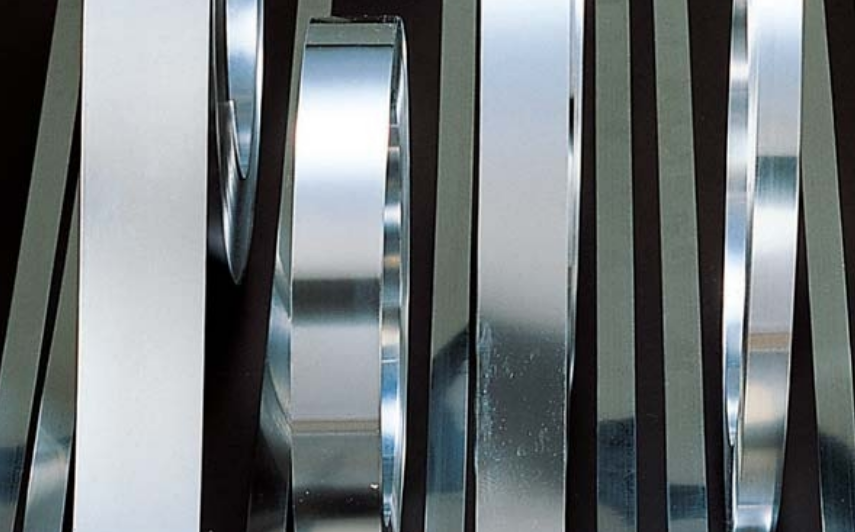స్టెయిన్లెస్ స్టీల్ స్ట్రిప్, as a metal material with excellent properties, has a wide range of applications in many fields. Its తన్యత బలం మరియు దిగుబడి బలం are what determine whether the stainless steel strip can demonstrate excellent performance in various complex environments. So, what exactly are tensile strength and yield strength? How do they affect the performance and application of stainless steel strip? Next, let’s delve into this issue together.

What is the tensile strength of stainless steel strip?
The tensile strength of stainless steel strip refers to the material’s ability to resist breakage during stretching, usually measured in megapascals (MPa). It indicates the maximum stress that the stainless steel strip can withstand when subjected to tensile force. If the tensile strength of the stainless steel strip is too low, it will easily break during the stress process. Tensile strength is one of the important indicators for evaluating the quality and service life of stainless steel strips.
What is the yield strength of stainless steel strip?
The yield strength of stainless steel strip refers to the stress limit of metal materials when subjected to external forces, which is the beginning of yield phenomenon. In other words, it is the boundary between elastic deformation and plastic deformation of metal. When the stainless steel strip is subjected to stress beyond the yield strength, it will undergo plastic deformation, and even if the stress is reduced, the deformation will not recover. Therefore, the yield strength is one of the important indicators for evaluating the bearing capacity of stainless steel strip.
Difference Between Tensile Strength and Yield Strength
The tensile strength and yield strength are two important mechanical property indexes of metal materials, and there are clear differences between them.
The tensile strength is the maximum stress that the material can withstand when subjected to tensile forces, reflecting the material’s ability to resist tensile failure. When the stress on the material exceeds its tensile strength, it will undergo fracture. The yield strength, on the other hand, is the stress limit at which the material begins to undergo plastic deformation when subjected to external forces. When the stress exceeds the yield strength, the material undergoes irreversible plastic deformation, and even if the stress is reduced, the deformation will not recover.
Therefore, yield strength not only reflects the material’s ability to resist deformation, but is also related to other mechanical properties such as ductility and toughness. In practice, yield strength is often used to evaluate the material’s processability, formability, and structural reliability. Tensile strength, on the other hand, is more commonly used to evaluate the material’s tensile strength and structural safety.
ముగింపు
Thank you for reading our article and we hope it can help you to have a better understanding of the tensile strength and yield strength of stainless steel strips. If you want to find more information about stainless steel, we’d advise you to visit సినో స్టెయిన్లెస్ స్టీల్ మరిన్ని వివరములకు.
ప్రపంచవ్యాప్తంగా స్టెయిన్లెస్ స్టీల్ ఉత్పత్తుల యొక్క ప్రముఖ సరఫరాదారుగా, సినో స్టెయిన్లెస్ స్టీల్ వినియోగదారులకు అధిక-నాణ్యత స్టెయిన్లెస్ స్టీల్ ఉత్పత్తులను అందిస్తుంది బ్రష్ చేయబడిన స్టెయిన్లెస్ స్టీల్ ప్లేట్లు, మెరుగుపెట్టిన స్టెయిన్లెస్ స్టీల్ షీట్లు, చెక్కబడిన స్టెయిన్లెస్ స్టీల్ షీట్లు, స్టెయిన్లెస్ స్టీల్ బార్లు, స్టెయిన్లెస్ స్టీల్ కాయిల్స్మరియు స్టెయిన్లెస్ స్టీల్ వైర్లు చాలా పోటీ ధర వద్ద.
 :+86-18621535697
:+86-18621535697  :export81@huaxia-intl.com
:export81@huaxia-intl.com